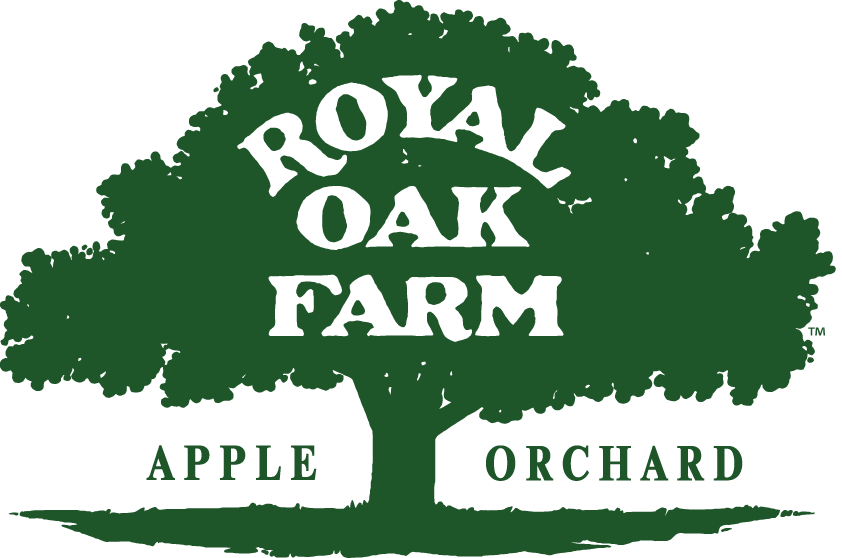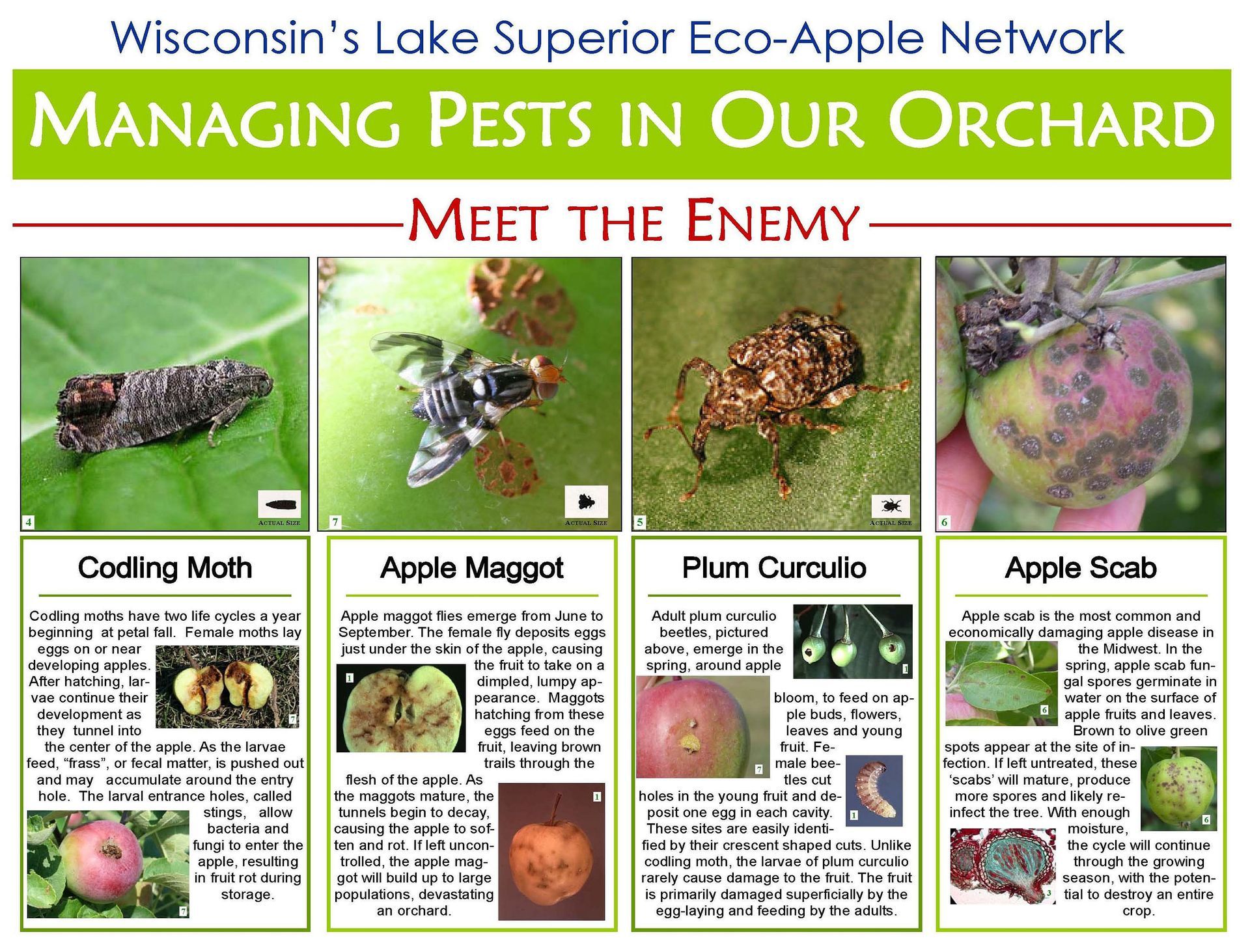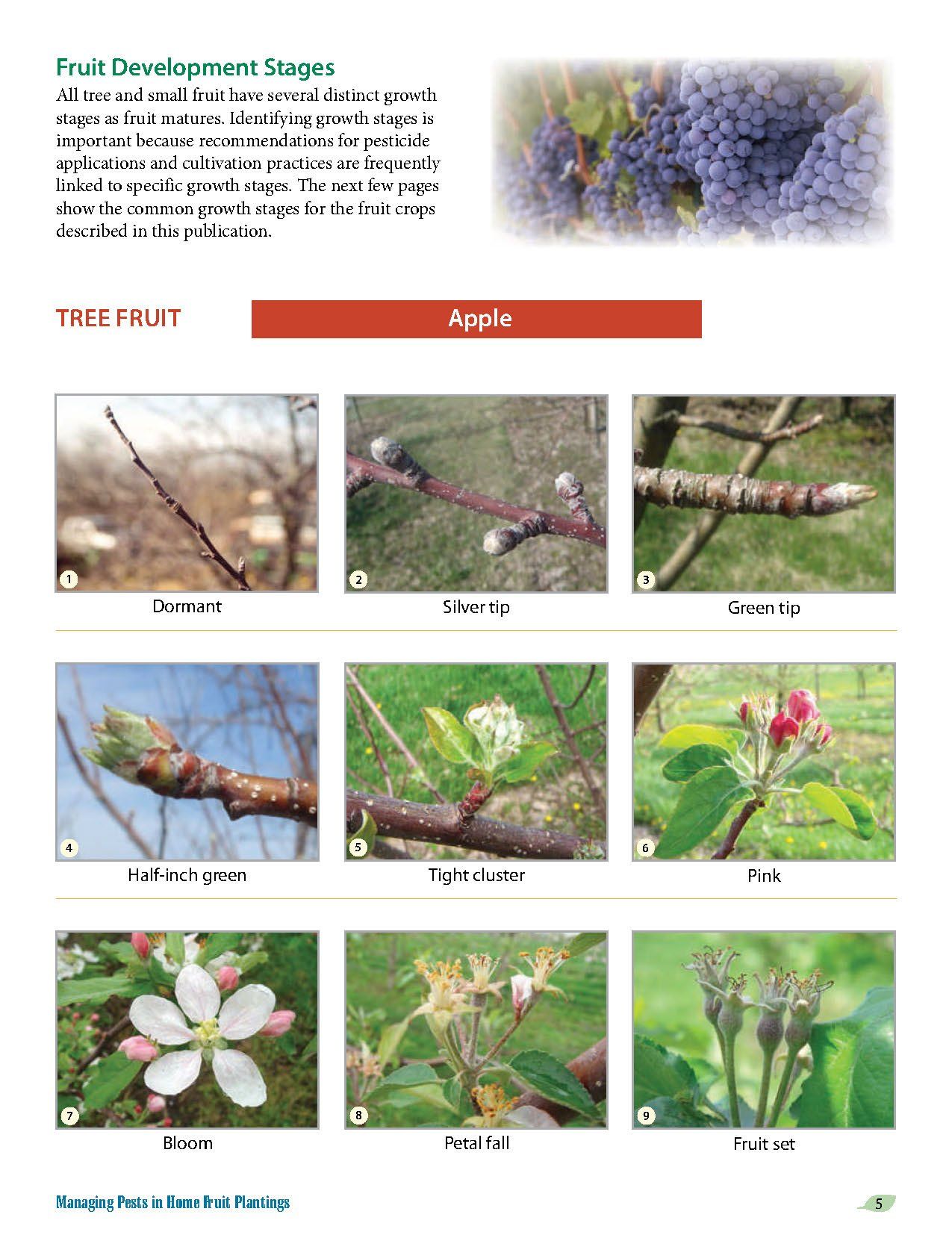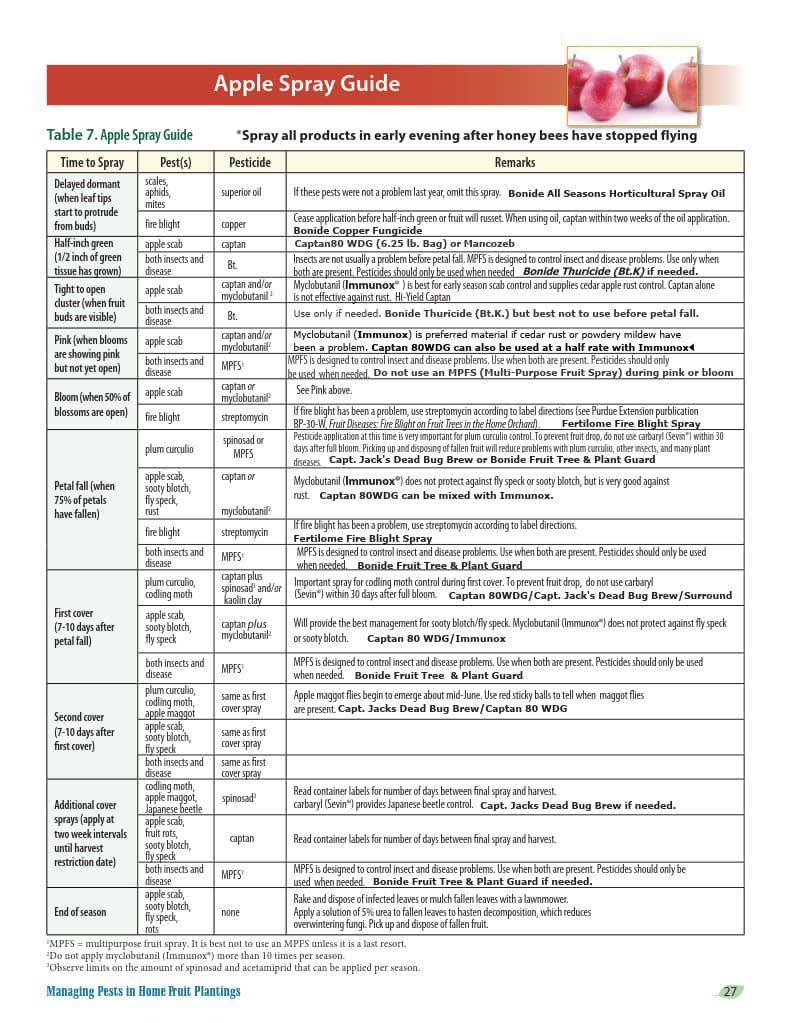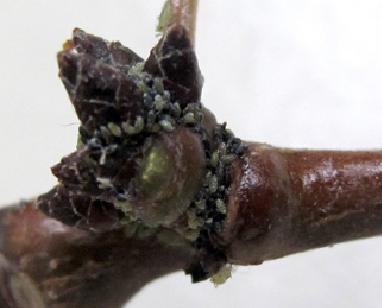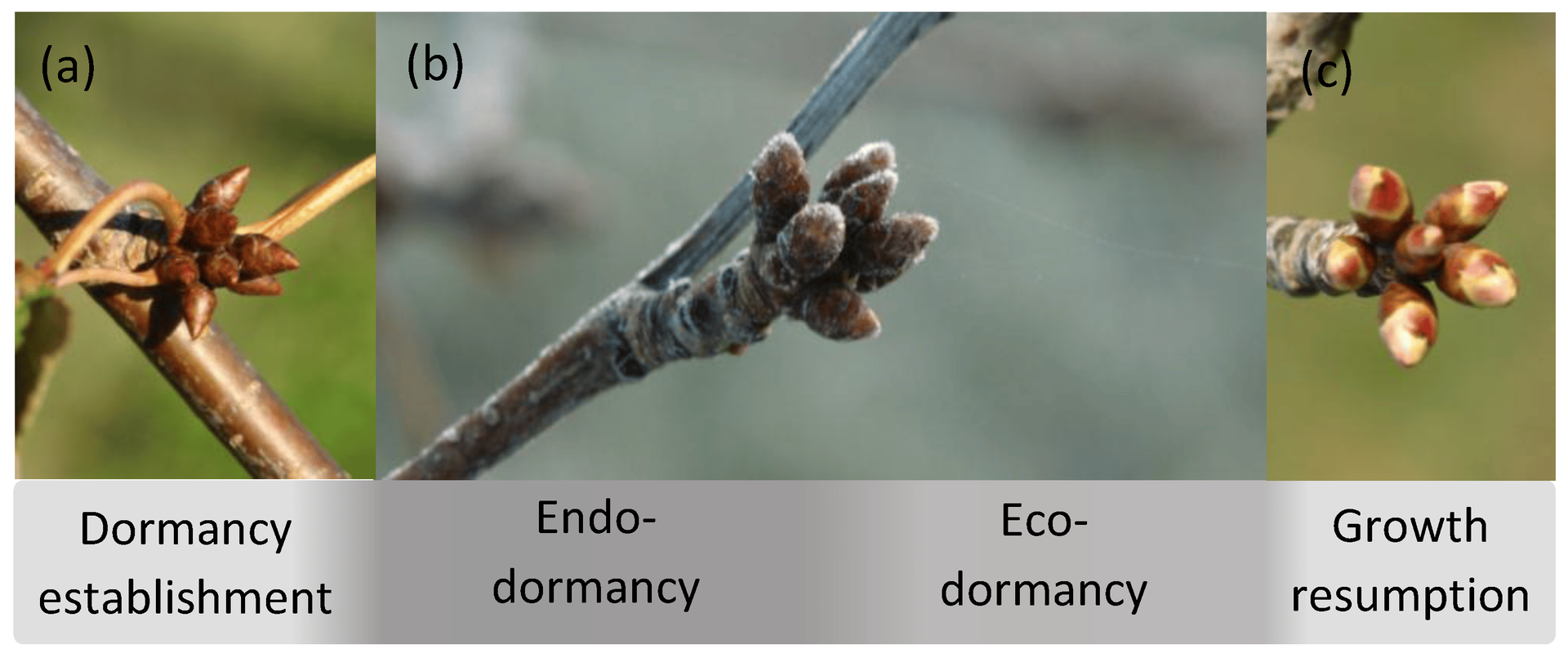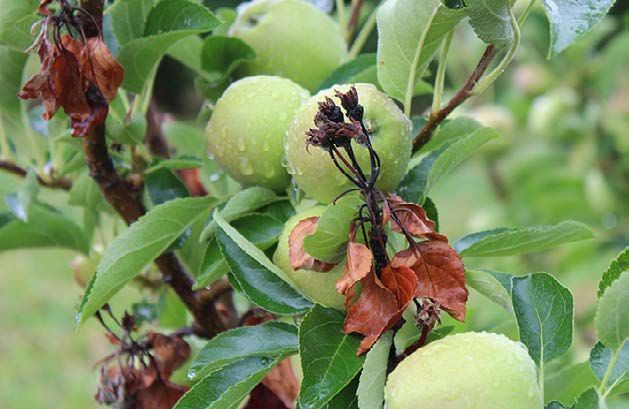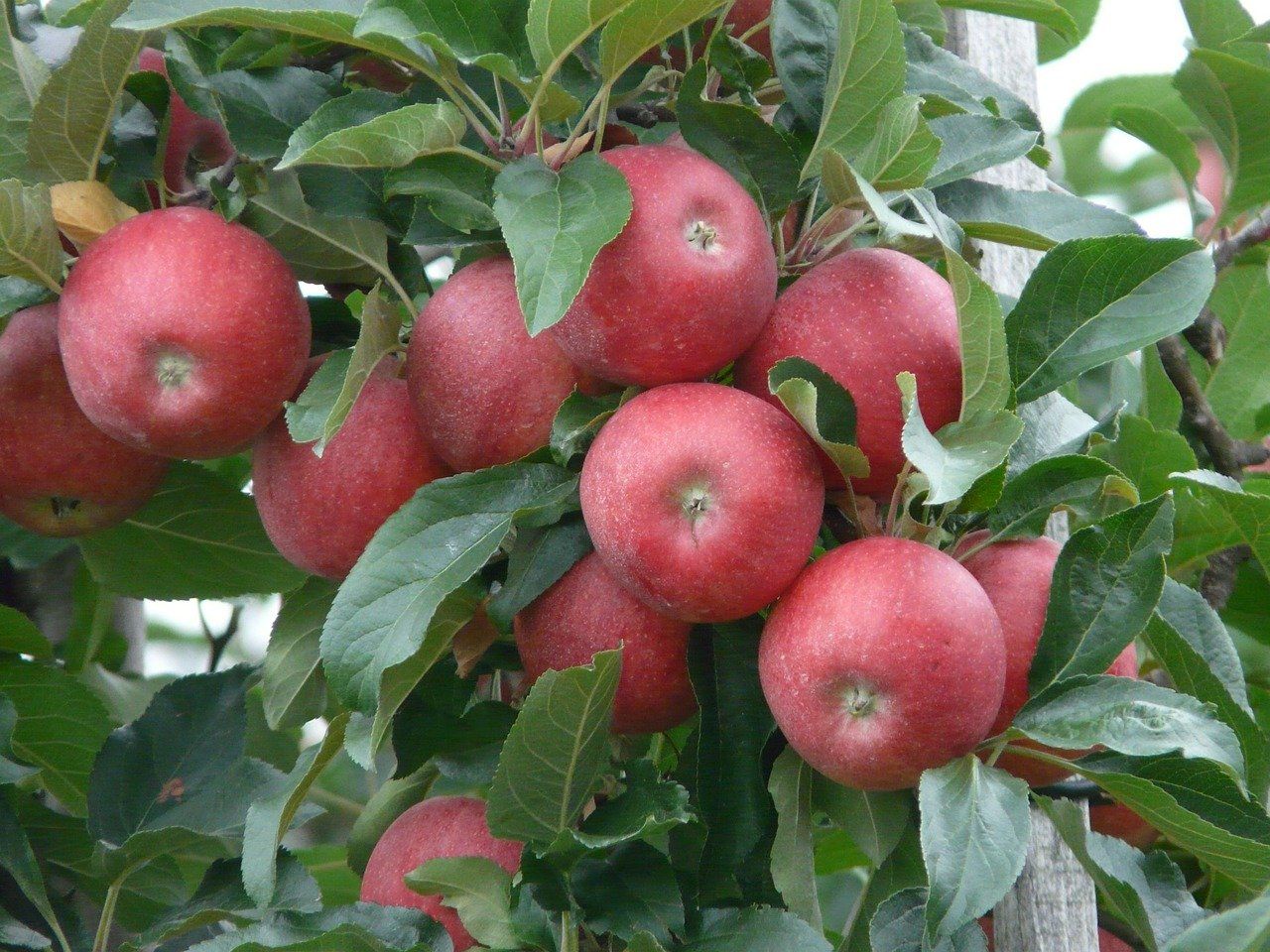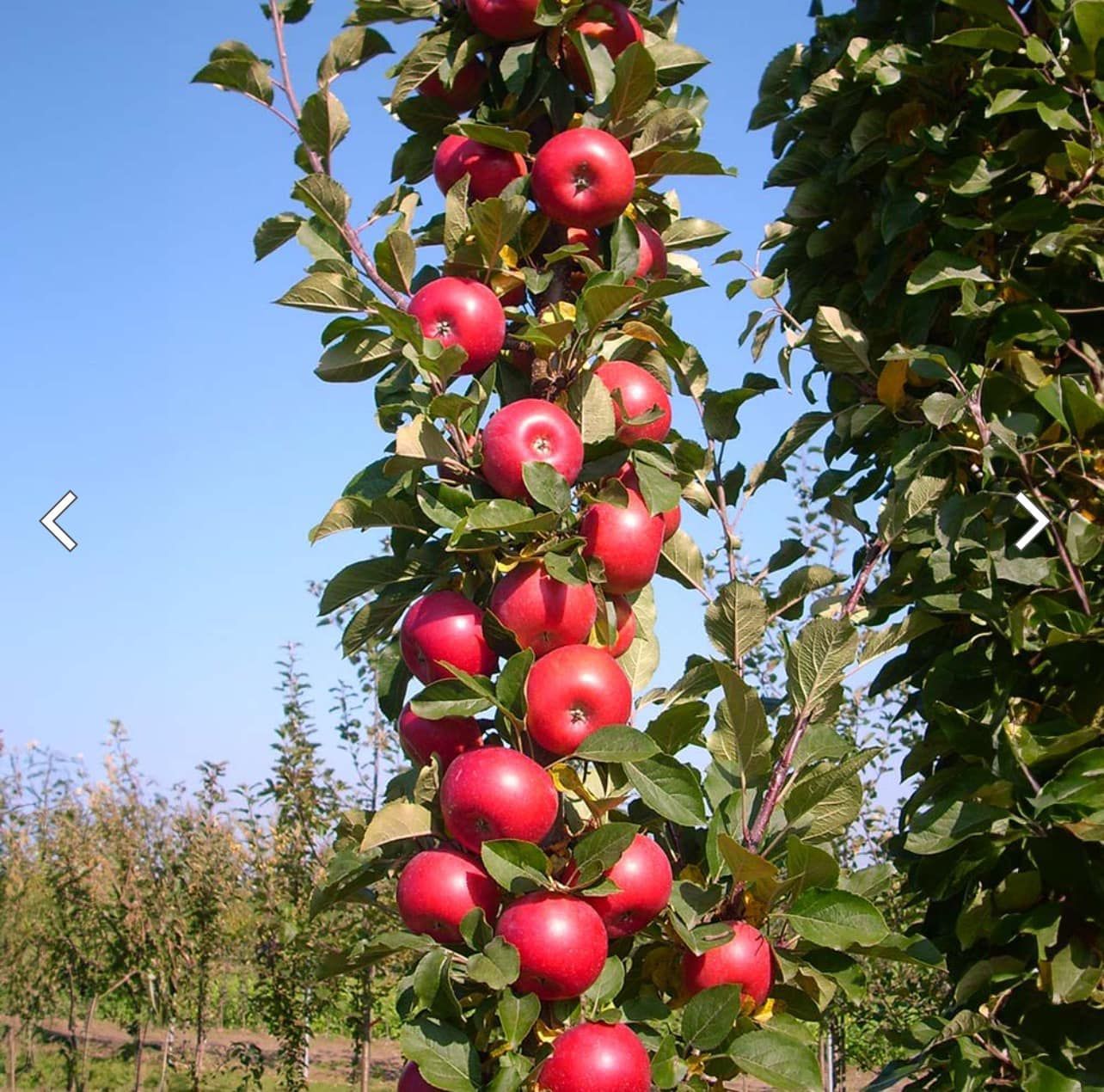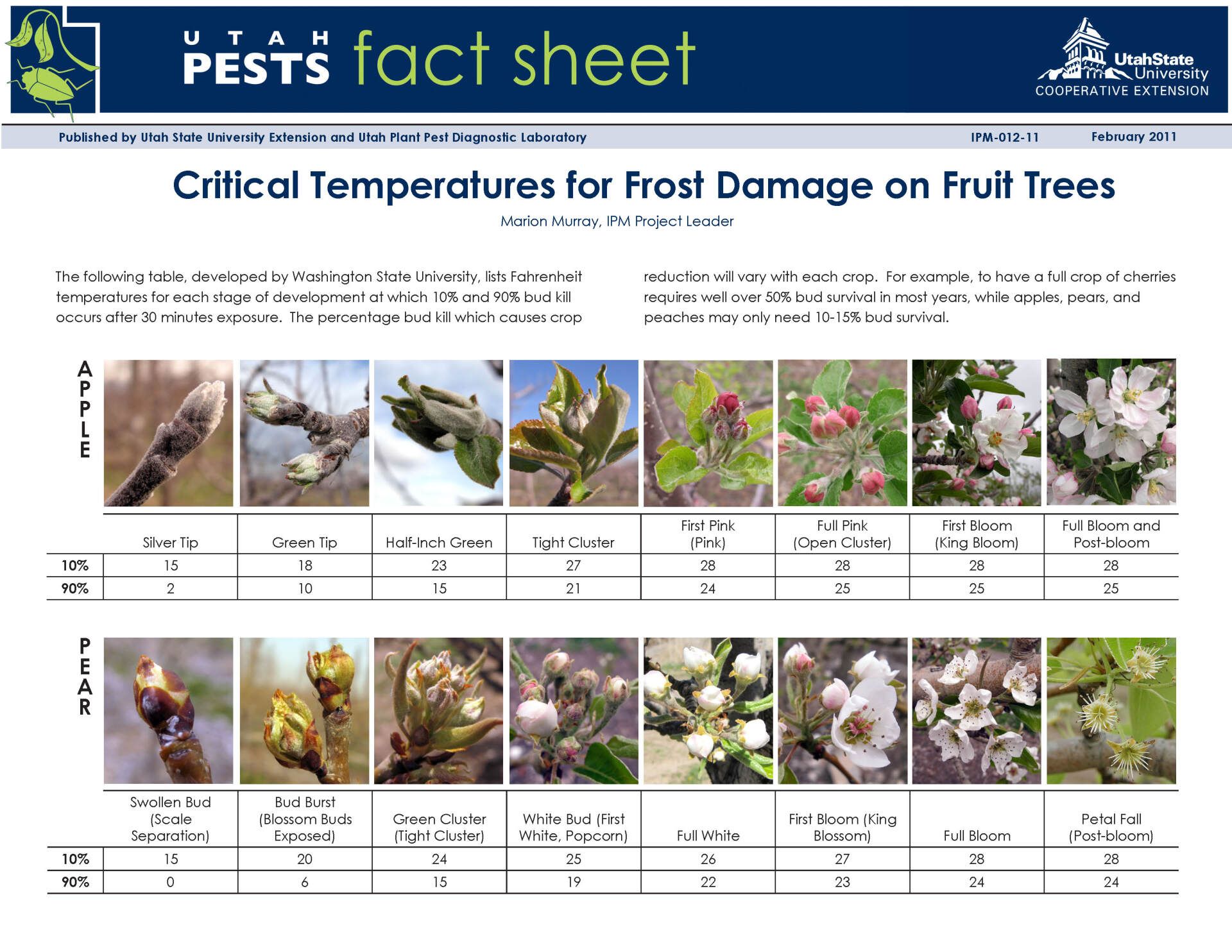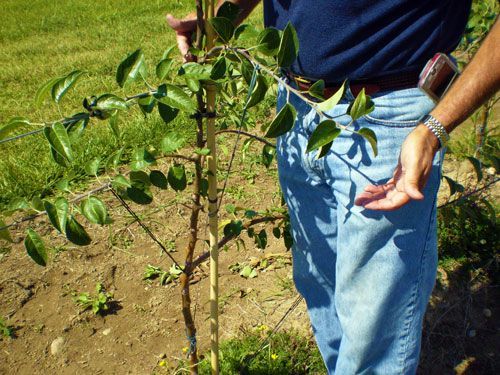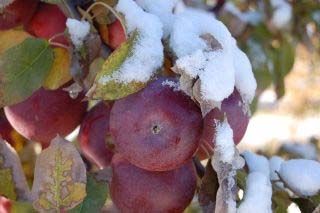Do I Really Need To Spray?
Time To Start Thinking About Spraying

If you have a Home Orchard or just a few apple trees in your back yard, and if you have not thought about how to handle those pest problems you may have had last season, now is the time to actively examine the need of a spray protocol for your fruit trees! And start right away, before it is too late and any pests have a chance to establish themselves in your trees!
The question everyone needs to ask before spraying is “do I need to spray and if I do, do I want to spray or not?” The answer to those questions is predicated upon one thing.........how much pest pressure you had last season. Unfortunately, in northern Illinois where I am located, we have heavy pest pressure and that comes from four main pests that we almost always have to spray for. This is pretty much true for any area east of the Rocky Mountains, unless your specific location is in a buffer zone, meaning no real pest pressure.
So, the decision to spray or not depends on how much pest pressure you have and the amount of fruit loss you are willing to take. That is your threshold. If you can accept some fruit loss, then the need to spray diminishes greatly. But if you only have a few trees and some fruit damage may mean losing half your fruit, then spraying becomes more important. Let’s meet our top four pests in northern Illinois, southern Wisconsin, and in most of the states east of the Rocky Mountains.
The four main pests that we face in apple orchards here in our climate zone of 5/5A are apple scab, plum curculio, codling moth and apple maggot, in that order. What isn't listed here is fire blight, which is a devastating disease that must be sprayed for because it can wipe out entire trees in a matter of days. For more information on these and other potential apple tree pests, visit our web site Growing Guide page.
But how do we know when to spray for them if it is a last resort to protecting our fruit?
All tree fruit have several distinct growth stages as the fruit matures. Knowing and identifying those growth stages is very important for the home grower because recommendations and spray timing for spray applications are linked to these specific growth stages. The chart below shows the common growth stages for apple trees.
Since the average home grower does not have access to their own weather stations or degree day calculators, the fruit tree development stages play an ever greater role in pest management for the average grower. Most spray schedules (protocol) follow the tree development stages to aid in the timing of sprays so they are most effective. It is important to note that many diseases and some insects can only be controlled by spraying before they can be seen, like fire blight and apple scab. Spraying less frequently or at the wrong time will typically result in poor results. And, spraying more frequently will not necessarily give greater control. The key is to follow all label directions that are attached to the spray product.
The tree developmental stages or tree phenology give us a guide as to when to spray, but what do we spray if we have to spray? If we consult some of the various spray guides available to the home grower, we will find that most of the spray guides provide us with the tree’s development stages (phenology) and the insects or diseases that frequently occur during each of theses stages. So the tree phenology serves as timing guide when the application of a particular spray is recommended in order to control specific insects or diseases at the right time. The following spray guide for apple trees will give us the time to spray based on tree phenology, the pest to spray for and the product recommendation for that pest(s).
This particular spray guide is included in “Managing Pests in Home Fruit Plantings” from the Purdue University Extensions Publication web site or our web site as a free download. It goes into detail as to the various products available for spraying that include both conventional and organic alternatives. The publication includes apples, pears, peach, cherry, grape, strawberry and raspberry guides as well as the phenology charts for each fruit type.
This publication contains pesticide recommendations that are subject to change at any time. These recommendations are provided only as a guide. It is always the pesticide applicator's responsibility, by law, to read and follow all current label directions for the specific pesticide being used. Due to constantly changing labels and product registration, some of the recommendations given in this writing may no longer be legal by the time you read them. If any information in these recommendations disagrees with the label, the recommendation must be disregarded. No endorsement is intended for products mentioned, nor is criticism meant for products not mentioned. The author assumes no liability resulting from the use of these recommendations.
Backyard Orchard Management @ Royal Oak Farm Orchard
Backyard Orchard Management @ Royal Oak Farm Orchard is a blog for the home fruit tree grower providing information about fruit tree management, fruit tree pruning & training and Integrated Pest Management from the IPM Specialist and Certified Nurseryman at Royal Oak Farm Orchard, a 22,000 tree apple orchard and agri-tourism operation located in Harvard, Illinois.
Click or tap any title to read that post.

